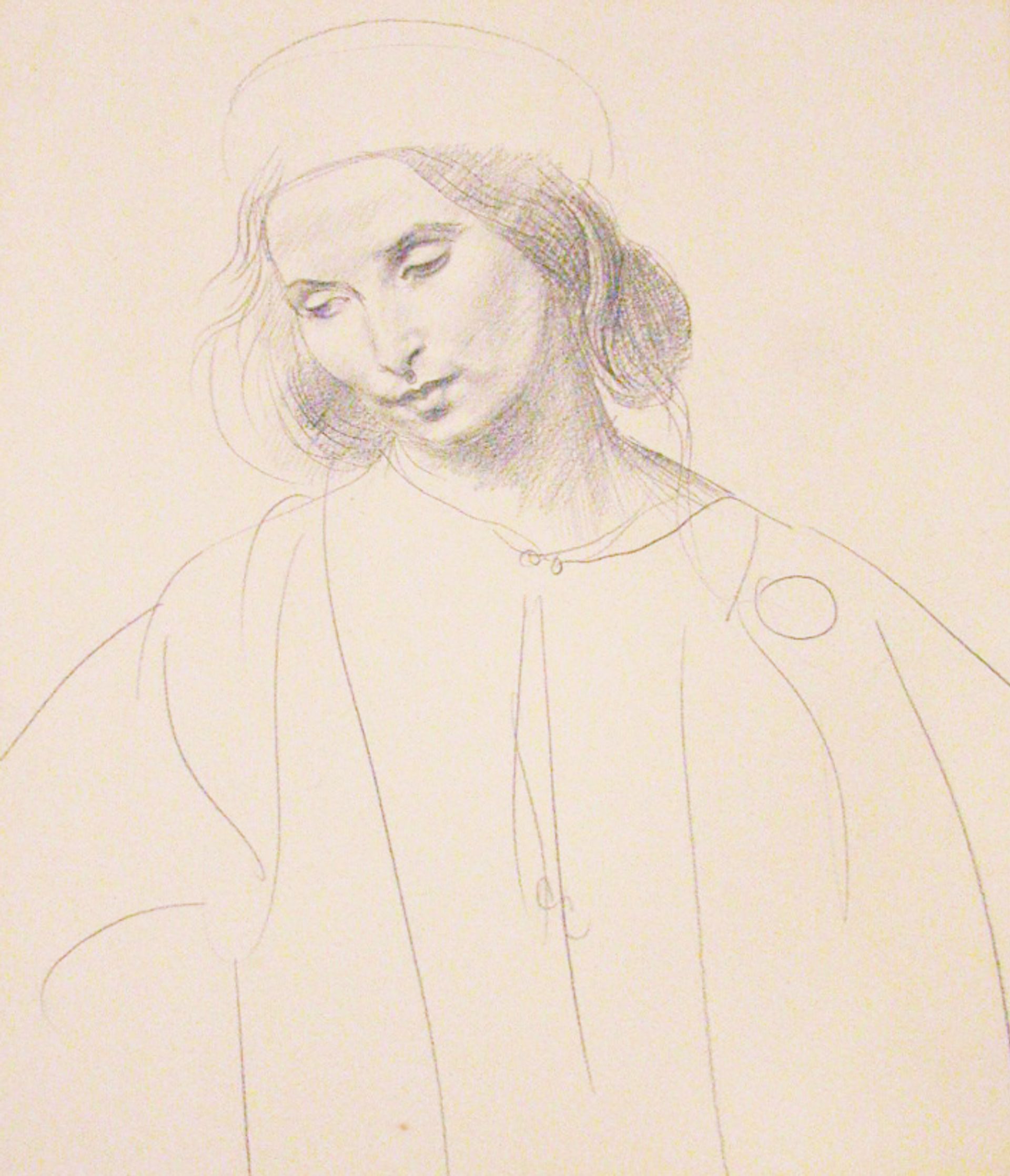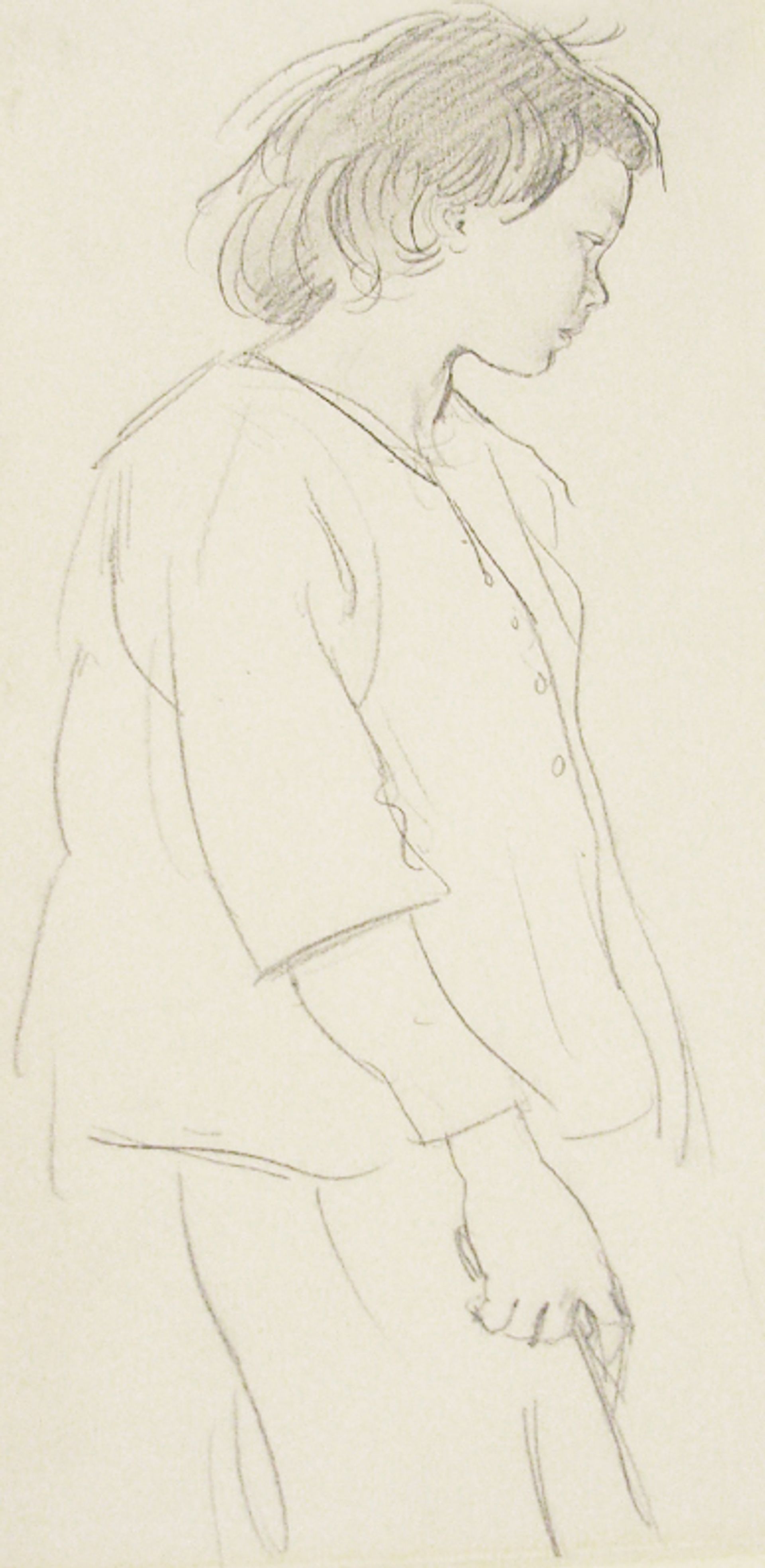Three brothers, heirs to part of an art collection that belonged to their grandfather, are in conflict with the Ashmolean Museum in Oxford, UK. The Ashmolean, founded in 1683 by wealthy antiquarian Elias Ashmole, is Britain’s oldest public museum and the world’s second-largest university museum.
The bitter, complicated and long-running dispute stems from the estate of Lt. Col. Mahlon Christopher Sands (1908-2000), who owned significant art collections inherited from his uncle, famed collector Morton Sands (1884-1959) . In 2001, the Ashmolean received ten works by Walter Sickert (1860–1942) from the trust established by Sands’ estate. In 2011, another 30 works, including 16 Sickerts, were awarded to the Ashmolean following their acceptance in lieu of tax. As a result, the institution now has one of the best collections of Sickert’s works in the world.
The brawl centers on 81 other works from the Sands estate, most by Augustus John, along with others by Sir William Nicholson, LS Lowry and a few minor Sickerts. Sickert, John and many other artists were members of the Camden Town Group, along with society hostess and artist Ethel Sands – Morton Sands’ sister.

August John, Dorelia, head and shoulders (undated)
Christie’s carried out an appraisal of the litigation group in 2015 and their total estimate was around £1m at that time. The most expensive items are John’s drawings, for example Dorélia Reading(undated) valued at £120,000 at the time.
They were, according to Tarka Sands, one of the brothers, on loan to the Ashmolean and should be returned, as the loan deal has now expired. However, the museum argues that it is up to the trust to decide what happens to them – and the decision has not been made.
Ashmolean Principal Alexander Sturgis said in a statement: ‘Colonel Sands’ will provided that these works would be distributed under discretionary trust to the Ashmolean, New College, Oxford (his former college) and its grandsons after death. of his wife, Jean, who died in 2003. The final distribution of these 119 works remains to be settled by the Trust and remains at the discretion of the Trustees. The difference in number is due to the fact that there are also ephemeral documents such as newspapers.
There is a lot of bitterness between the grandsons, the former trustees and the Ashmolean. The grandsons sued the former trustees and they were removed after a settlement, along with two new appointees, who have discretion. According to the grandsons, in 2014 the Ashmolean threatened to take an estoffel order – a legal term preventing someone from going back on their word – although this was never enforced. The Ashmolean did not respond to a request for comment on the order, but added when asked: “The trustees of the Col. Sands Trust, which still exists, retain broad discretion with respect to Colonel Sands’ personal items (including works of art), including allocating these items to museums.The Ashmolean has made every effort to engage with ColonelSands’s Trust and with his grandsons to find distribution agreeable to works of art in his field.Throughout we have been willing to discuss and negotiate the proportion of works which might be fixed in the Museum, in accordance with the wishes expressed by Colonel Sands.

August John, Caspar, three-quarter length, in profile (undated)
The grandsons say the deadline for donating the art to various institutions has now passed and they now have the right to take back the 81 artworks. Tarka Sands says: “The domain is basically crippled and has been for some time due to a discretion issue and it’s Ashmolean’s hostile request for more art that he can’t display properly. which disrupts its liquidation. Twenty years is clearly well beyond what could be considered a reasonable time to sort things out.
Alexander Sturges also said in the statement: “Throughout this period we have remained in contact with Colonel Sands’ family and the Trust and have attempted to reach a reasonable agreement, but we regret that this matter has not been resolved. At no time during these protracted discussions did the Trust ask the Museum to return the drawings.
Asked about this, Tarka Sands replied: “It is correct that the current administrators themselves have never explicitly requested the return of the loaned objects, but as mentioned previously, upon their appointment, they were immediately confronted with [lawyers] Farrer & Co on behalf of the museum with the threat of legal action. Instead, they sought to find a compromise where the museum and ourselves each keep 50% of what remains on loan, which is unacceptable to us.[ ….] We are of the opinion that the museum already has so much art from the Sands family that it can only display a small proportion of it although it is a condition of the donation, so why does it have any need more? Kindness and gratitude to our family would seem appropriate under the circumstances, but that has not been our experience.
And the Ashmolean notes: “The Museum remains open to further discussion.”
